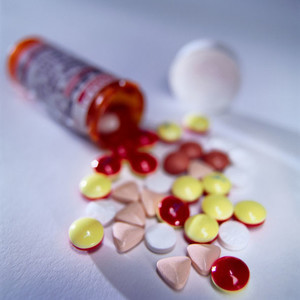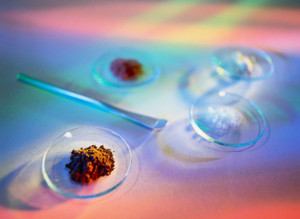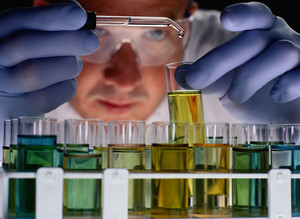Lack of regulatory enforcement in China is allowing poor quality pharmaceutical ingredients to be sold to drug manufacturers with potentially dangerous or even fatal consequences for patients.
In Europe and the US, the production and use of active pharmaceutical ingredients (APIs) is tightly regulated, and the risk of poor quality or counterfeit products entering the market is low. In contrast, as many as one quarter of API producers in China are operating without Good Manufacturing Practice (GMP) certification and are potentially supplying drug producers attracted by the lower prices offered. While multinational pharmaceutical companies are keeping a close watch, generics producers in China and elsewhere may be less equipped to do quality control checks on the sources of their ingredients, and may be tempted to purchase APIs from unregulated manufacturers without first ensuring quality.
The danger is that unregulated APIs may be contaminated with cheap ingredients. In 2008, for example, at least 149 Americans are said to have died due to contamination of heparin with a cheap additive. Counterfeit or poor quality anti-malarials were found in more than one third of samples tested recently in sub-Saharan Africa recently. The situation is especially worrisome because around 70% to 80% of the global pharmaceutical market depends upon APIs produced in China and India. Part of the problem is arising owing to a loop-hole that permits companies to produce and sell products that are intended as APIs but labelled as ‘chemicals’. For the manufacture and sale of chemicals, companies do not need to have GMP certificates from the Chinese State Food and Drug Administration.
The problem is also exacerbated by the involvement of middlemen who may or may not adhere to standards when sourcing APIs for drug manufacturers, and the ease of sales and marketing over the Internet.
Meanwhile, a scandal has erupted in China after several Chinese API manufacturers were reported to be illegally using cooking fat recycled from gutter waste outside restaurants (known as ‘gutter oil’ or ‘swill oil’) as a replacement for the more expensive soybean oil in the production of ingredients for antibiotics. One of the largest API producers in China is Joincare Pharmaceutical Group, whose subsidiary is now accused by the central government in Jiaozuo of using gutter oil supplied by Huikang Grease for the production of 7-aminocephalosporanic acid (7 ACA), a component of cephalosporins. Huikang Grease is reported to have processed 30,000 tons of gutter oil in 2010 and 2011, selling 16,200 tons to Jiaozuo Joincare Biological Product and 160 tons to food producers.
Together the accused companies comprise a large proportion of Chinese API producers, and also include Qilu Pharmaceutical and Charoen Pokphand Group.
Besides contaminated ingredients, the sale of counterfeit and substandard medicines over the Internet is a growing problem, detected through increasing seizure of illegal imports by customs officials, according to a report by the European Commission in July 2012. This reflects ‘organised crime coming from every corner of the globe’, warned the European Generic medicines Association on World Anti-Counterfeiting Day, 7 June 2012.
Related articles
China follows the Indian and Thai route to affordable drugs
Tackling counterfeit drugs in China
Is China set to lose its low cost appeal?
Permission granted to reproduce for personal and educational use only. All other reproduction, copy, retransmission or reprinting of all or part of any ‘Content’ found on this website is strictly prohibited without the prior consent of the publisher. Contact the publisher to obtain permission before redistributing.
Source: EGA, Public Service Europe, Reuters








 0
0











Post your comment